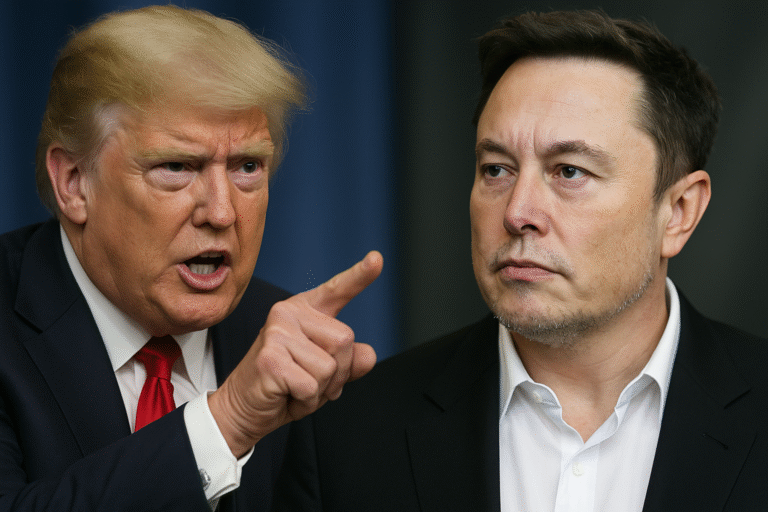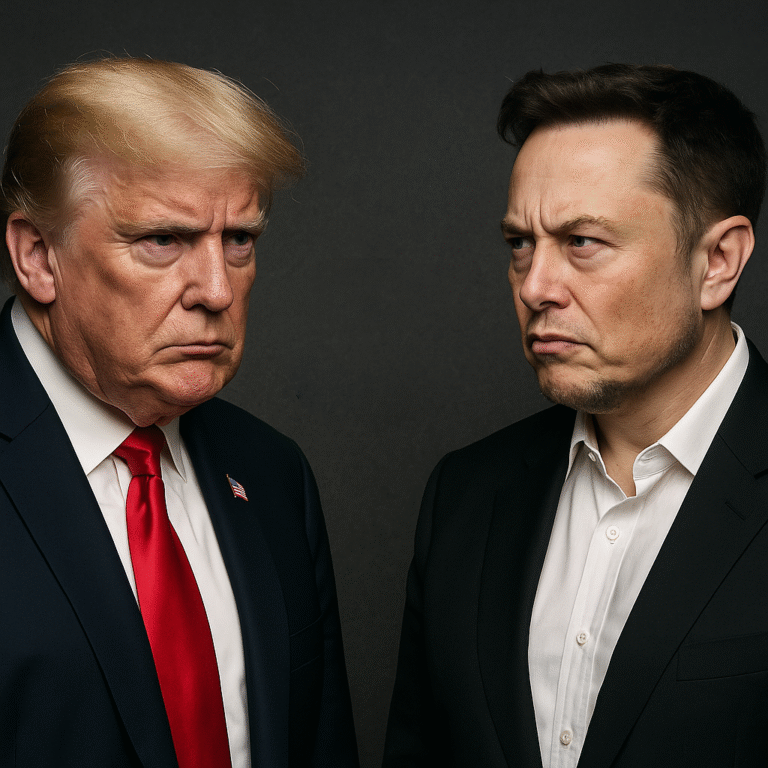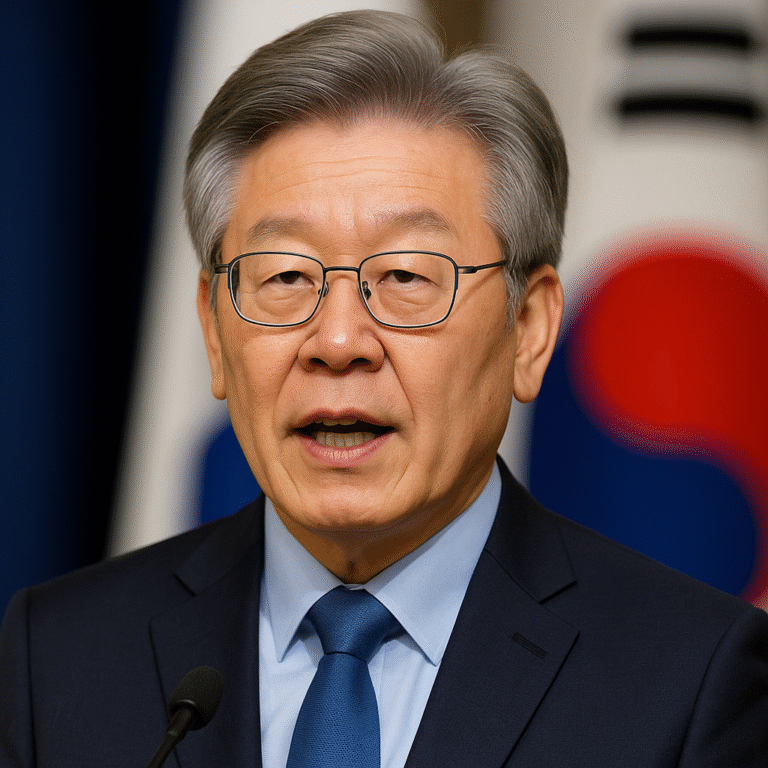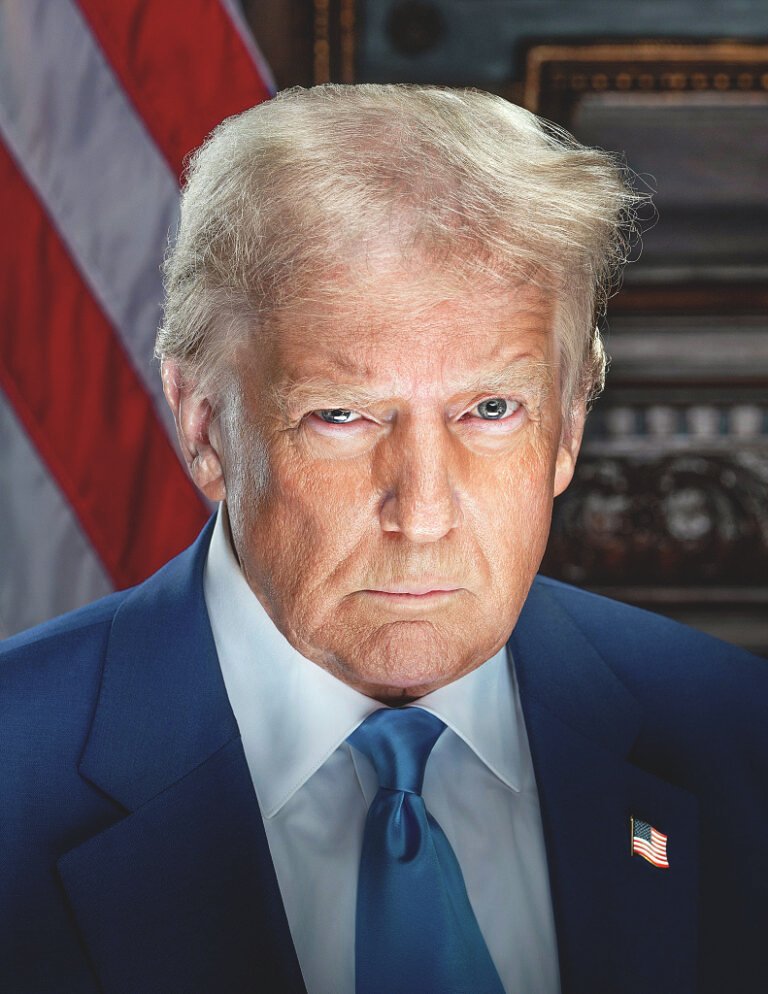U.S. President Donald Trump Speaks With Xi Jinping to Ease Trade Tensions
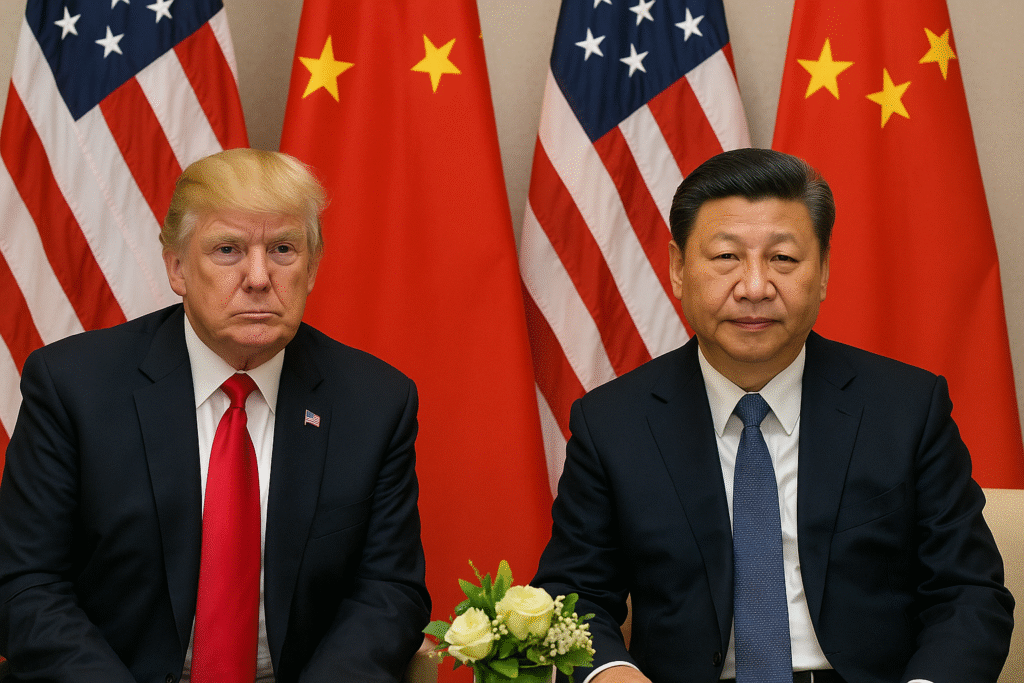
(Digitally rendered image using AI for illustrative purposes only. Image created by Team RG.)
U.S. President Donald Trump held a phone call with Chinese President Xi Jinping on Thursday, as confirmed by China’s state news agency Xinhua. The call was initiated by Trump, according to China’s Ministry of Foreign Affairs. As of now, the White House has not commented on the conversation.
This was only the second direct phone call between Trump and Xi in 2025. The last time they spoke was on January 17, a few days before Trump’s second inauguration. The timing of this new conversation is important, as it follows renewed trade tensions between the United States and China, the world’s two largest economies.
In May 2025, both countries reached a temporary agreement during talks in Geneva, Switzerland. Under that deal, the U.S. reduced tariffs on Chinese imports from 145% to 30%, and China lowered tariffs on U.S. goods from 125% to 10%. That 90-day truce was meant to give both sides time to work out a long-term trade plan.
However, things have not gone smoothly since. The U.S. government recently accused China of not keeping its promise to allow more exports of critical minerals—materials that are important for electronics, clean energy, and defense. Meanwhile, China is unhappy with new U.S. visa restrictions on Chinese students and technology export bans, especially targeting Chinese-made semiconductors.
The call between Trump and Xi may be an effort to restart talks or ease the tension, but no specific outcomes have been announced yet.
On Wednesday, Trump posted on social media, saying:
“I like President XI of China, always have, and always will, but he is VERY TOUGH, AND **EXTREMELY HARD TO MAKE A DEAL WITH!!!”
Global financial markets reacted quickly after the call was reported. U.S. stock futures rose, showing that investors hope this is a positive step toward improving trade ties. However, uncertainty remains about what actions either country will take next.
The U.S. and China have had a complicated trade relationship, which reached over $600 billion in 2024. Trump has used tariffs as a tool to pressure China, while China has responded with its own counter-tariffs. These moves have disrupted global supply chains and affected companies in both countries.
So far, the U.S. has kept restrictions on Chinese chip companies and continues to limit Chinese students and researchers from entering the country. The U.S. says these steps are for national security, but China calls them unfair trade barriers.
For now, the phone call shows that communication remains open between the two leaders. But real progress will depend on whether the two governments can agree on specific trade rules and reduce mutual restrictions.

